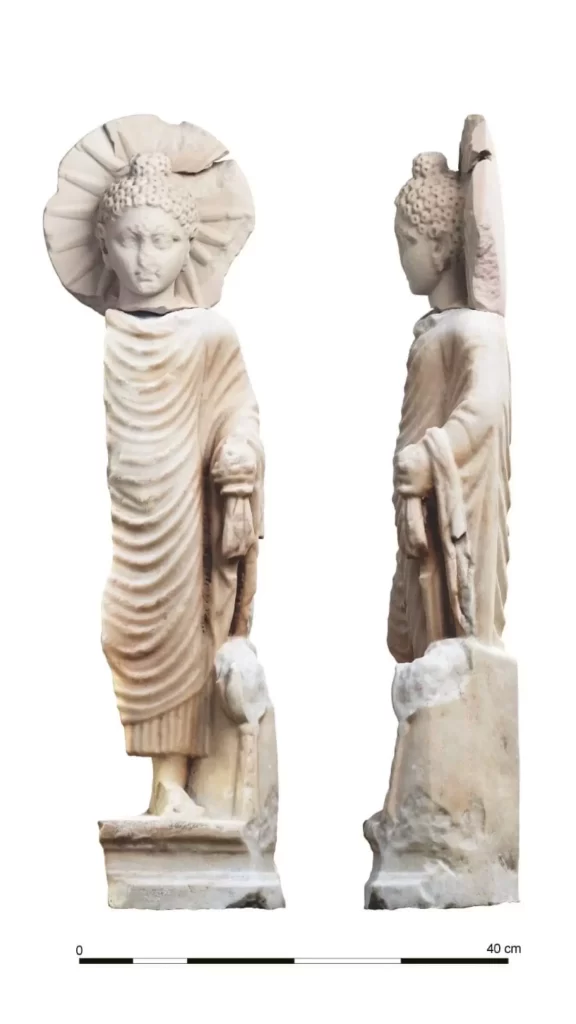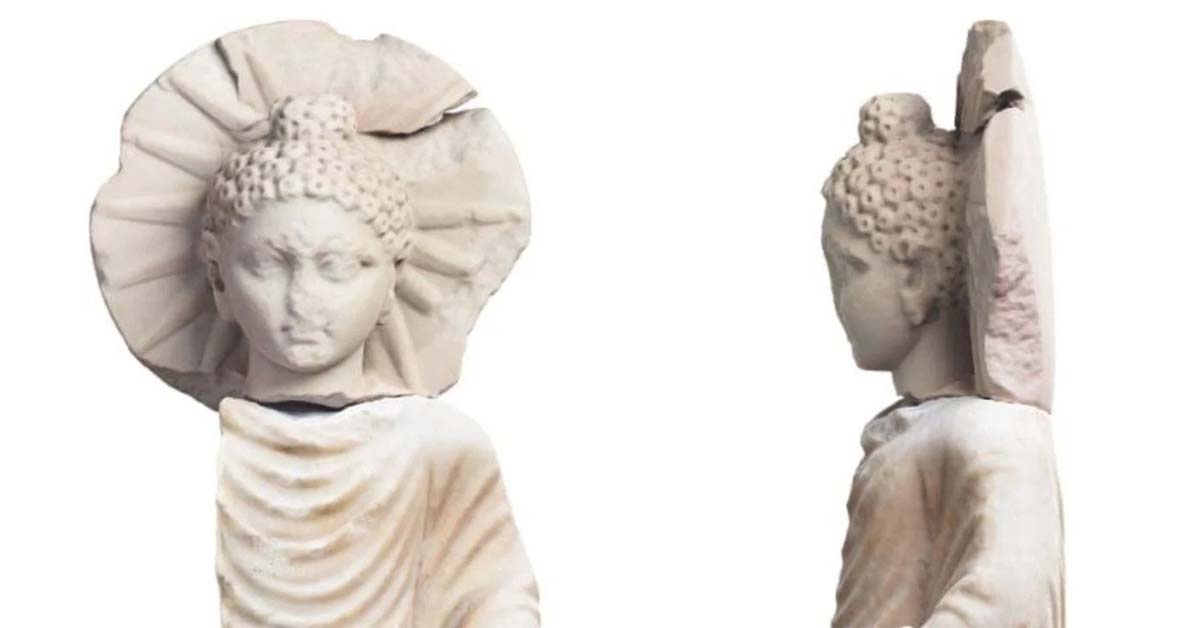Buddha Statue Found In Egypt Points To Trade Ties With Ancient India
An ancient statue of Buddha has been discovered in the seaport of Berenice in Egypt, shedding further light on the trade links between India and Egypt during the period of Roman rule. The statue is believed to date back to the second century BC.
The discovery was made public on Wednesday by the Egyptian Ministry of Tourism and Antiquities. According to the announcement, the statue was discovered by a joint Polish-American archaeological mission.
The statue of Buddha was uncovered by an archaeological mission that has been operating at the site of Berenice since 1994.
Berenice was once an important trading hub built by the Ptolemaic dynasty, one of the ancient Greek successors states that ruled Egypt for almost three centuries.
The Statue of Buddha and trade between Egypt and India
Dr. Mustafa Waziri, the Secretary General of the Supreme Council for Archaeology, commented in a press release that the discovery of the ancient Buddha statue provided important evidence of “the existence of trade relations between Egypt and India during the Roman era, where Egypt was a central location on the trade route that connects the Roman Empire to many regions of the ancient world including India.”
“Several ports during the Roman era on the Red Sea coast in Egypt participated in this trade, most importantly Berenike (Berenice) where ships arriving from India were loaded with products such as pepper, semi-precious stones, textiles, and ivory,” Waziri continued.

“Other ships would then transport goods to Alexandria and from there to the rest of the Roman Empire,” he added.
Description of the statue
The statue of the Buddha itself was described by archaeologists as being 71cm high and made of stone. It depicts the Buddha standing holding part of his robes in one hand. Around his head is a halo radiating sunlight and at his feet is a lotus flower.
Dr. Marius Goyzada, the head of the Polish side of the archaeological mission said that “the discovered statue was made of stone that may have been extracted from a region south of Istanbul or may have been carved locally in Berenice and dedicated to the temple by one or more wealthy traders from India.”
Dr. Stephen Sidbotham, who headed the American side of the mission, added that the archaeologists succeeded in also “uncovering an inscription in Hindi (Sanskrit) dating back to the Roman Emperor Philip the Arab (Marcus Julius Philippus) (244 – 249 AD), and this inscription does not appear to be from the same date of the statue, which is probably much older, as the other inscriptions in the same temple were in Greek, dating back to the early first century BC.”




